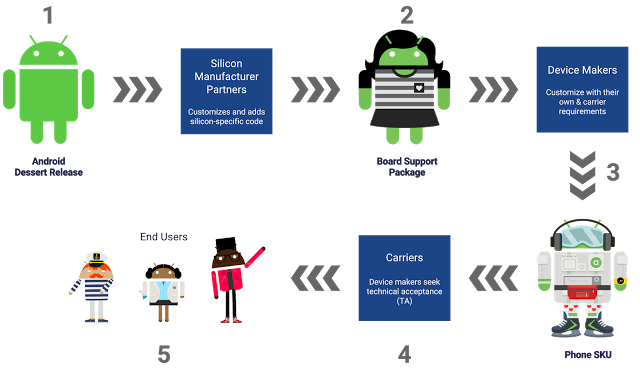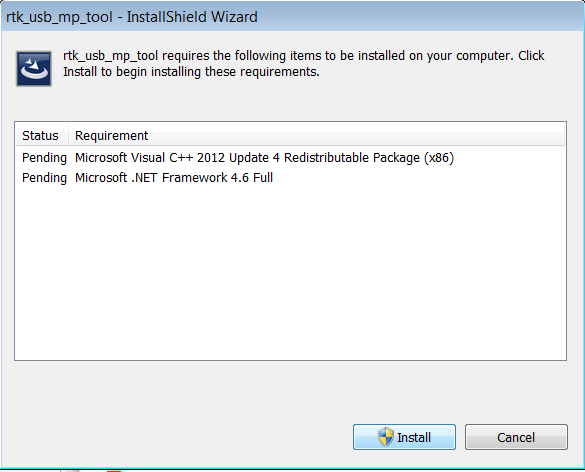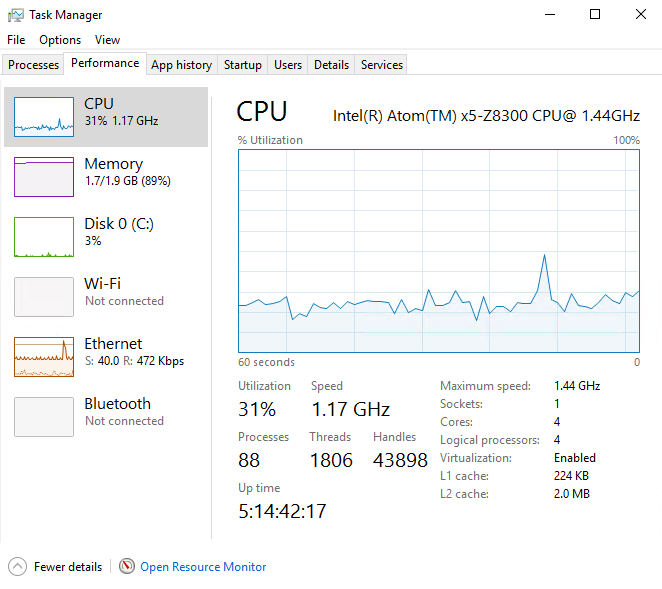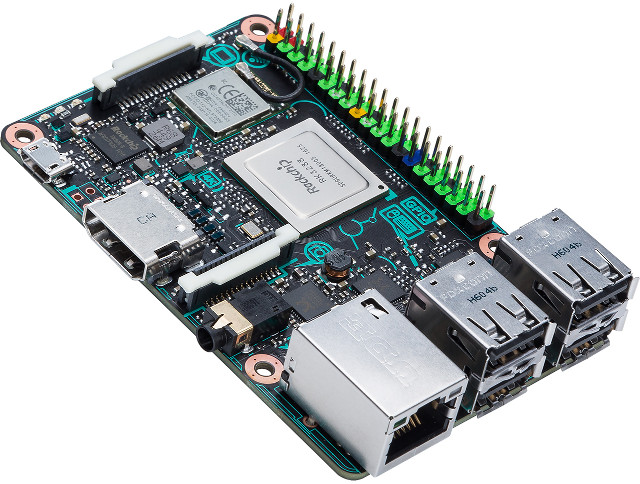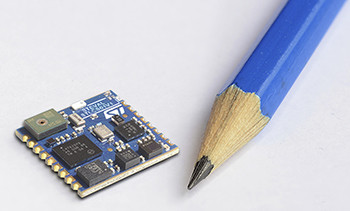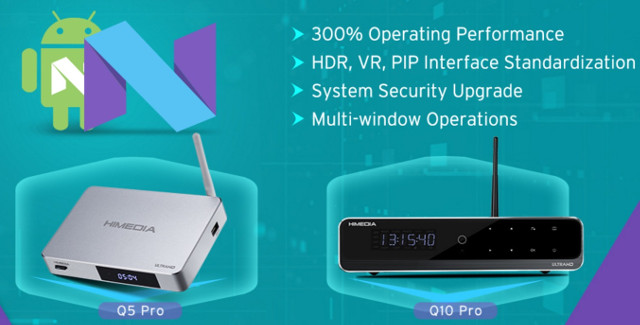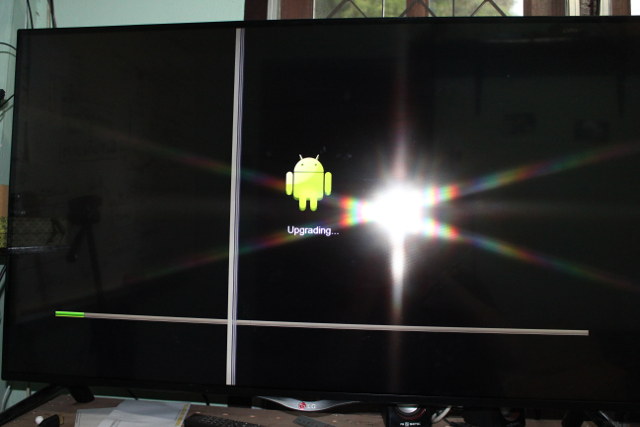If you’ve ever purchase a phone with Android X, you may have noticed it takes a long time to get an update to Android Y after Google officially release the latest version. The reason it takes so long, except on Google’s own hardware, is that the latest Android version needs to be update by the Silicon vendor, which then sends a BSP to manufacturers, who in turn brings their own tweaks, with in some cases telecom carriers involved in the last step, before delivering the update the end users. This is normally a time-consuming and costly process for all parties involved. One of the reasons is that while the higher level app API is fairly stable, the Android framework (middleware) interface to the Vendor’s implementation may change greatly between different major Android versions. Google is aiming to fix that with Project Treble, starting with Android O, by providing a stable […]
How to Reinstall Android Firmware on Realtek RTD1295 TV Boxes
I started playing with Beelink SEA I TV box nearly two weeks ago, but I soon realized there was a big problem, while I could get an IP address with both Ethernet or WiFi, I could not access Internet, nor the local network with the box, and even ping would not work. So I contact Beelink to find a solution, and they believed I may have a problem with the firmware on my box, and recommended to re-flash it. Great. I asked the firmware, and the company eventually provided me with two files: SEAI_101M0_32G_20170225.img (password: 879y) SEAI_101M0_16G_20170225.img (password: 2js2) Those are baidu link which may be slow to download outside of China, so the company also provided a mirror later. The customer representative told me those were “Lines brushes Pack” firmware, and after lots of email back and forth. I finally got proper instructions which should work for Beelink SEA […]
Karl’s Home Automation Project – Part 1: Home Assistant & YAML, MQTT, Sonoff, and Xmas Lights
Karl here. I am here to write about my home automation project. First thing I want to say is that I am very cost conscious and I don’t mind putting in extra effort into the setup of things to keep costs down. I did invest a lot of time and had to do a lot of reading to get my project going. It took while and I received a lot of groans from my wife while testing. I am still in the process of tweaking things. I started watching a series of videos on YouTube from Bruh Automation. He introduced me to Home Assistant. It got me really excited. He uses a Raspberry Pi as a server but I already had a Wintel Pro CX-W8 Smart TV Box which I use as a server. I run 3 Minecraft Servers, Emby Server, iSpyConnect DVR (2 IP Cameras), Unifi wifi controller, and […]
Embedded Linux Conference & OpenIoT Summit 2017 Schedule
The Embedded Linux Conference 2017 and the OpenIoT Summit 2017 will take place earlier than last year, on February 20 – 23, 2017 in Portland, Oregon, USA. This will be the 12th year for ELC, where kernel & system developers, userspace developers, and product vendors meet and collaborate. The schedule has been posted on the Linux Foundation website, and whether you’re going to attend or not, it’s always informative to check out the topics. So as usual, I’ll make a virtual schedule for all 5 days. Monday, February 20 For the first day, the selection is easy, as choices are limited, and the official first day it actually on Tuesday. You can either attend a full-day paid training sessions entitled “Building A Low Powered Smart Appliance Workshop“, and the only session that day: 14:30 – 15:20 – Over-the-air (OTA) Software Updates without Downtime or Service Disruption, by Alfred Bratterud, IncludeOS […]
ASUS Tinker Board’s Debian & Kodi Linux Images, Schematics and Documentation
We discovered ASUS Tinker Board powered by Rockchip RK3288 processor earlier this year via some slides hidden in a dark corner of the Internet… ASUS has been incredibly quiet about it, but as the board has finally started to sell in Europe on sites like CPC Farnell UK, Proshop (Denmark), or Jimm’s (Finland) for the equivalent of $57.5 without VAT or $69 including VAT, and more technology sites have started to write about it. So people have been buying the board, and one even uploaded an unboxing video. One interesting part is the the top comment from the uploader in that video: Currently, a £55 paperweight as I can’t seem to find a link to the OS image anywhere. And indeed, ASUS appears to have launched a board without any support website, firmware image and documentation. Maybe that’s why they are quiet about it. But after using some of my […]
STMicro SensorTile is a Tiny STM32 Module with Bluetooth 4.1 LE and Four Sensor Chips
STMicroelectronics SensorTile is a 13.5 x 13.5mm sensor board based on STM32L4 ARM Cortex-M4 microcontroller, a MEMS accelerometer, gyroscope, magnetometer, pressure sensor, a MEMS microphone, as well as a 2.4Ghz radio chip for Bluetooth 4.1 Low Energy connectivity for wearables, smart home, and IoT projects. SensorTile hardware specifications: MCU – STMicro STM32L476 ARM Cortex-M4 microcontroller@ up to 80 MHz with 128 KB RAM, 1MB flash Connectivity – Bluetooth 4.1 Smart/LE via BlueNRG-MS network processor with integrated 2.4GHz radio compliant with Sensors LSM6DSM 3D accelerometer + 3D gyroscope LSM303AGR 3D Magnetometer + 3D accelerometer LPS22HB pressure sensor/barometer MP34DT04 digital MEMS microphone I/Os – 2x 9 half holes with access to UART, SPI, SAI (Serial Audio Interface), I2C, DFSDM, USB, OTG, ADC, and GPIOs signals Debugging – SWD interface (multiplexed with GPIOs) Power Supply Range – 2V to 5.5 V Dimensions – 13.5 x 13.5 mm Software development can be done through […]
Himedia Q5 Pro & Q10 Pro TV Boxes Get Android 7.0 Nougat Firmware
The majority of TV boxes sold today are running Android 4.4 to Android 6.0, but with the release of Android 7.0 for smartphones and tablets earlier this year, it was just a question of time before the OS got ported to TV boxes. Himedia appears to be the first company to have released Android 7.0 for their Hisilicon Hi3798CV200 based TV boxes, namely Q5 Pro and Q10 Pro. The changelog for the new firmware includes: Android N OS running stable and smooth Support for Android N Google Play version Support for Samba UPnP System function perfectly upgraded from 5.1 to Android N with compatibility Youtube updated to 4.10.7 and Netflix to 1.3.11 Homepage, Application Management, Media Center optimized, focus movement are more swift and smooth Media Player upgraded and support mouse operation Local Media Playback Improved; Certain rare videos black screen, display ratio of 3D to 2D abnormal, and occasional […]
How to Create a Bootable Recovery SD Card for Amlogic TV Boxes
I reviewed Rikomagic MK22 TV box about two weeks ago, and with the firmware I had, online firmware update was not enabled, and the company only released .IMG firmware for Amlogic USB Burning Tool, a windows-only tool that’s not well designed, and requires some procedure that vary slightly from boxes to boxes which in some cases forces to buy a male to male USB cable. I’ve now started reviewing R-Box Pro TV box also based on Amlogic S912 processor, online firmware update is not working either, and again I only managed to find .IMG firmware for the box on GeekBuying. However, I’ve been informed that “USB Burning Tool” firmware can now be flashed through a micro SD card, or USB flash drive with all recent Amlogic TV boxes, so I’ve tried this method instead of R-Box Pro, and decided to report my experience in this post following some instructions on […]


